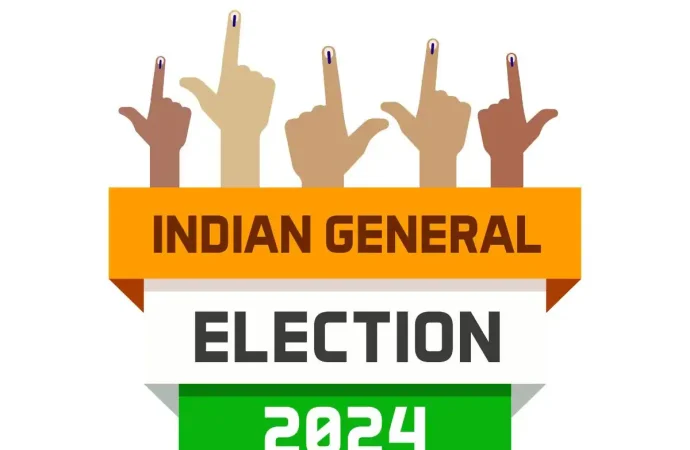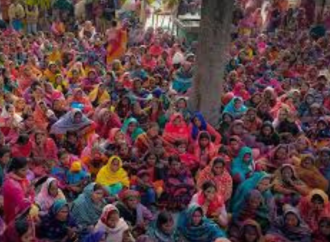The 2024 Indian general election, one of the largest democratic exercises in the world, concluded on June 1, 2024, after a series of seven voting phases. This election, pivotal for its massive voter base and intense political dynamics, marked a significant shift in India’s political landscape. Overview of Results The incumbent Bharatiya Janata Party (BJP),
The 2024 Indian general election, one of the largest democratic exercises in the world, concluded on June 1, 2024, after a series of seven voting phases. This election, pivotal for its massive voter base and intense political dynamics, marked a significant shift in India’s political landscape.
Overview of Results
The incumbent Bharatiya Janata Party (BJP), led by Narendra Modi, secured 240 seats, a reduction from their previous tally of 303 seats in the 2019 elections. Despite the decline, the BJP’s coalition, the National Democratic Alliance (NDA), managed to win a total of 293 seats. The opposition, consolidated under the Indian National Developmental Inclusive Alliance (INDIA), made significant gains, securing 234 seats. The Indian National Congress (INC), the principal party within the INDIA alliance, increased its seat count to 99, up from 52 seats in the previous election.
Election Context and Campaign
Background
India, with its vast and diverse electorate, witnessed a highly competitive election environment. The BJP has been in power since 2014, with Modi at the helm, emphasizing development, national security, and Hindu nationalism. The opposition, led by the INC, rallied under the INDIA alliance, which was formed in 2023, comprising 26 parties aiming to counter the BJP’s dominance.
Voter Turnout and Demographics
The 2024 election saw a record number of eligible voters, totaling 968 million, with a turnout of 64.2%. Notably, the participation of women voters reached an all-time high, with 312 million women casting their votes.
Key Issues and Controversies
The election was marred by several controversies. Allegations of Electronic Voting Machine (EVM) malfunctions were widespread, with claims of tampering and technical issues casting a shadow over the electoral process. Additionally, the BJP faced criticism for allegedly suppressing political opponents and not adequately addressing hate speech within its ranks.
Electoral System
India follows a first-past-the-post voting system for its 543 parliamentary constituencies. The 2024 election required meticulous logistical planning, deploying 5.5 million EVMs across over a million polling stations, supported by 15 million election workers and security personnel.
Regional Highlights
Uttar Pradesh and Bihar
As the most populous states, Uttar Pradesh and Bihar were critical battlegrounds. The BJP retained a significant number of seats but faced stiff competition from regional parties allied with the INDIA coalition.
West Bengal and Tamil Nadu
West Bengal and Tamil Nadu saw a strong performance by regional parties, with the Trinamool Congress (TMC) and Dravida Munnetra Kazhagam (DMK) playing pivotal roles in their respective states, further challenging the BJP’s foothold.
Southern States
In southern states like Kerala and Telangana, the BJP struggled to make inroads, with the INDIA alliance and regional parties maintaining dominance.
The 2024 election results reflect a fragmented yet dynamic political environment in India. The reduced majority of the BJP and the significant gains by the opposition signal a more balanced power structure in the Lok Sabha. This could lead to increased coalition politics and a need for greater consensus-building in legislative processes.
The 2024 Indian general election marks a turning point in the country’s political narrative. With a more balanced distribution of power between the ruling and opposition parties, the future of Indian politics appears set for an era of greater negotiation and coalition-building. As India moves forward, the ability of its leaders to collaborate and address the nation’s pressing issues will be crucial for sustained development and social harmony.

















Leave a Comment
Your email address will not be published. Required fields are marked with *